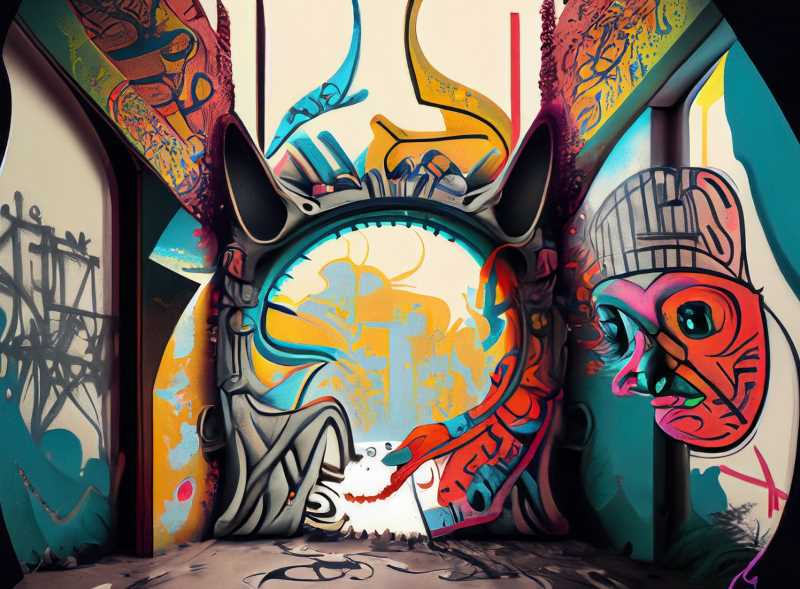Graffiti Vandalism or Van Gogh? The Debate Continues
Graffiti, often misconstrued as mere vandalism, holds a deeper cultural significance. Collaboration offers a multidisciplinary perspective, showcasing graffiti's vast spectrum, from ancient inscriptions to modern urban art.

Graffiti has long been a topic of debate and misunderstanding. Often misconstrued solely as vandalism, the depth, and breadth of graffiti's cultural influence is expansive. Yareli Jáidar Benavides, a researcher at UNAM's Institute of Aesthetic Research (IIE), is shining a new light on the subject, emphasizing the significance of studying the materials used in graffiti, particularly when it affects cultural heritage sites.
Graffiti's Impact on Cultural Heritage
For many, graffiti evokes images of unauthorized and hastily done scribbles on public properties. However, graffiti exists in numerous forms and has evolved, encompassing expressions as diverse as the ancient inscriptions in archaeological sites to the vibrant urban art and murals that beautify our cities today.




